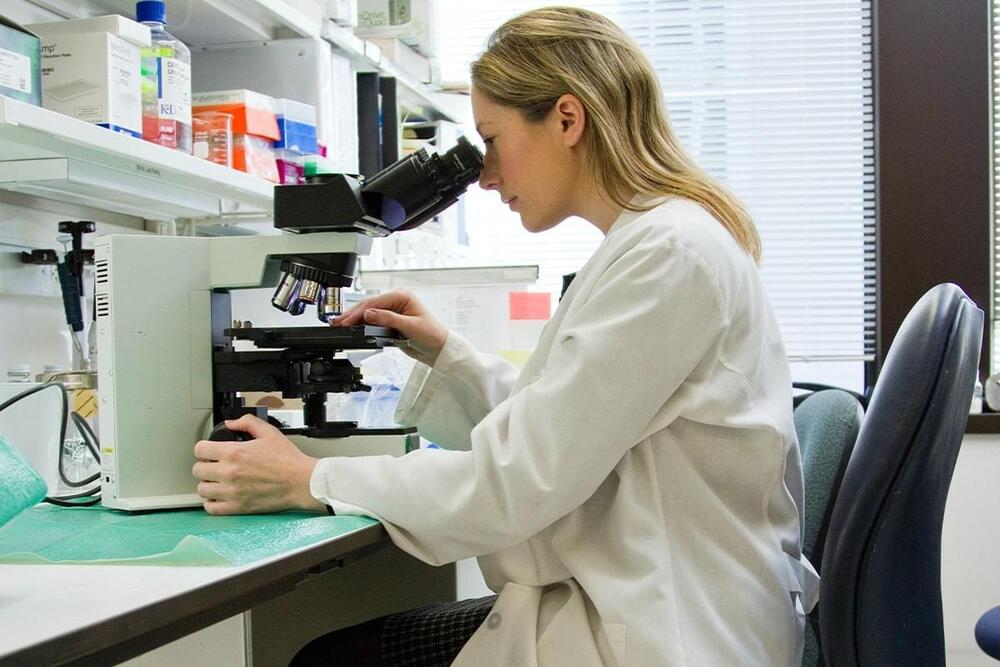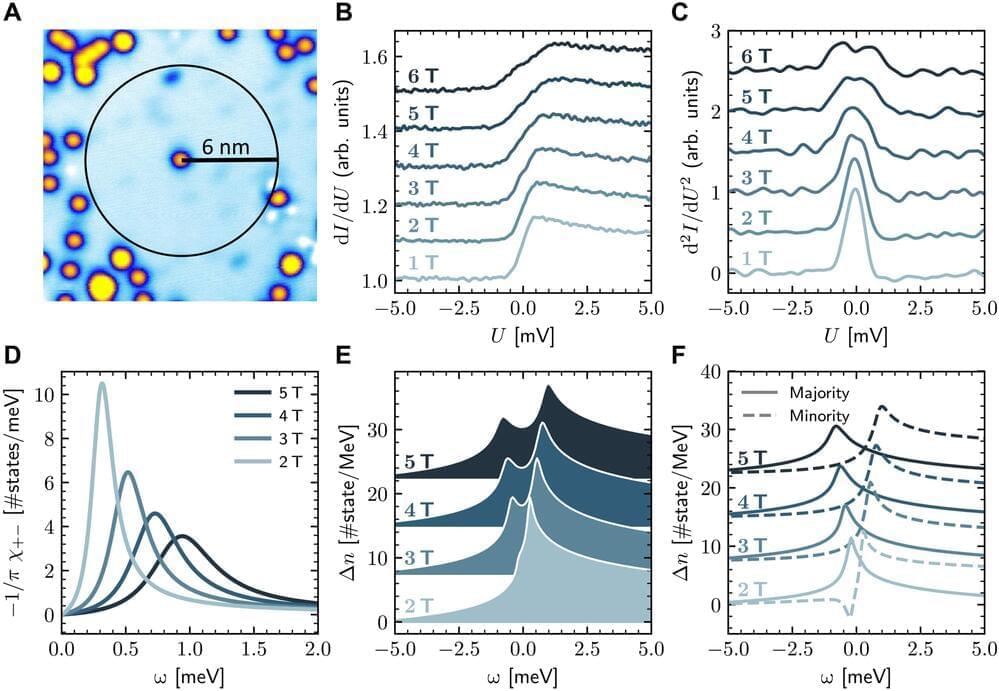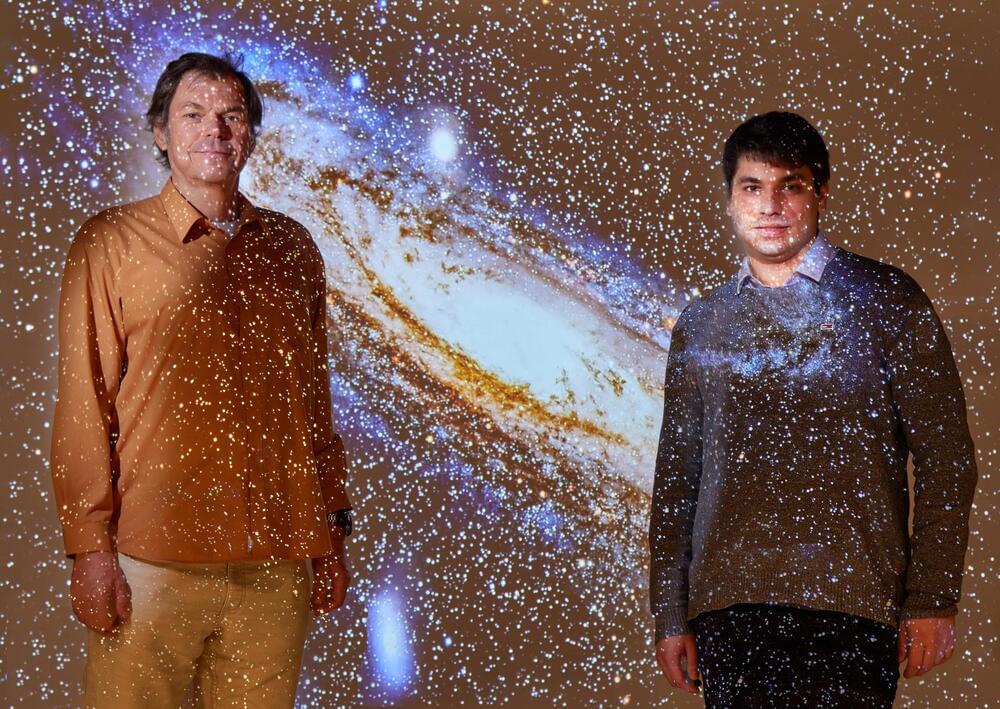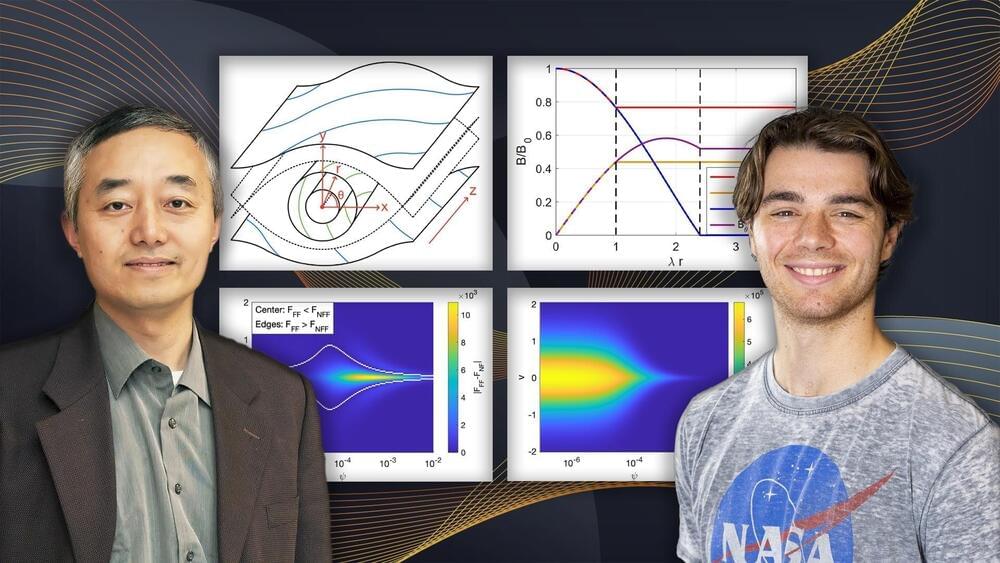Page 5145
Feb 4, 2022
A dead cert for longevity: why Sirt6 is the enzyme making headlines
Posted by Kelvin Dafiaghor in category: life extension
The so-called ‘longevity sirtuin’ Sirt6 shows both lifespan and healthspan benefits and a new paper digs deeper into just why that is.
Feb 4, 2022
MIT Engineers Create the “Impossible” — New Material That Is Stronger Than Steel and As Light as Plastic
Posted by Kelvin Dafiaghor in categories: chemistry, materials
The new substance is the result of a feat thought to be impossible: polymerizing a material in two dimensions.
Using a novel polymerization process, MIT chemical engineers have created a new material that is stronger than steel and as light as plastic, and can be easily manufactured in large quantities.
The new material is a two-dimensional polymer that self-assembles into sheets, unlike all other polymers, which form one-dimensional, spaghetti-like chains. Until now, scientists had believed it was impossible to induce polymers to form 2D sheets.
Feb 4, 2022
Alzheimer’s-like changes found in COVID patients’ brains; flu shot, mRNA booster safe together
Posted by Muhammad Furqan in categories: biotech/medical, neuroscience
The following is a summary of some recent studies on COVID-19. They include research that warrants further study to corroborate the findings and that has yet to be certified by peer review.
Visit the COVID-19 Information Center for vaccine resources.
Feb 4, 2022
Light, flexible bionic hand uses AI and muscle memory to refine its touch
Posted by Kelvin Dafiaghor in categories: cyborgs, robotics/AI, transhumanism
Feb 4, 2022
Atomically crafted quantum magnets and their anomalous excitations
Posted by Saúl Morales Rodriguéz in categories: energy, nanotechnology, quantum physics
Quantum magnets can be studied using high-resolution spectroscopic studies to access magnetodynamic quantities including energy barriers, magnetic interactions, and lifetime of excited states. In a new report now published in Science Advances, Sascha Brinker and a team of scientists in advanced simulation and microstructure physics in Germany studied a previously unexplored flavor of low-energy spin excitation for quantum spins coupled to an electron bath. The team combined time-dependent and many-body perturbation theories and magnetic field-dependent tunneling spectra to identify magnetic states of the nanostructures and rationalized the results relative to ferromagnetic and antiferromagnetic interactions. The atomically crafted nanomagnets are appealing to explore electrically pumped spin systems.
Anomalous magnetodynamics
Magnetodynamics at the atomic scale form the cornerstone of spin-based nanoscale devices with applications in future information technologies. Interactions of local spin states also play a crucial role with the local environment to determine their properties. Researchers have described the impact of orbital hybridization effects, charge transfer, and the presence of nearby impurities as strong influencers on the magnetic ground state, to determine a range of magnetodynamic qualities, including magnetic anisotropy, spin lifetime and spin-relaxation mechanisms. Experimental methods can be developed to directly capture these properties and analyze the magnetic phenomena of classical and semiclassical descriptions at sub-nanometer scales to reveal the emergence of exquisite quantum mechanical effects.
Feb 4, 2022
Observing more disk galaxies than theory allows
Posted by Saúl Morales Rodriguéz in categories: cosmology, evolution, physics
The Standard Model of Cosmology describes how the universe came into being according to the view of most physicists. Researchers at the University of Bonn have now studied the evolution of galaxies within this model, finding considerable discrepancies with actual observations. The University of St. Andrews in Scotland and Charles University in the Czech Republic were also involved in the study. The results have now been published in the Astrophysical Journal.
Most galaxies visible from Earth resemble a flat disk with a thickened center. They are therefore similar to the sports equipment of a discus thrower. According to the Standard Model of Cosmology, however, such disks should form rather rarely. This is because in the model, every galaxy is surrounded by a halo of dark matter. This halo is invisible, but exerts a strong gravitational pull on nearby galaxies due to its mass. “That’s why we keep seeing galaxies merging with each other in the model universe,” explains Prof. Dr. Pavel Kroupa of the Helmholtz Institute for Radiation and Nuclear Physics at the University of Bonn.
This crash has two effects, the physicist explains: “First, the galaxies penetrate in the process, destroying the disk shape. Second, it reduces the angular momentum of the new galaxy created by the merger.” Put simply, this greatly decreases its rotational speed. The rotating motion normally ensures that the centrifugal forces acting during this process cause a new disk to form. However, if the angular momentum is too small, a new disk will not form at all.
Feb 4, 2022
New insight into blobs improves understanding of a universal process
Posted by Saúl Morales Rodriguéz in categories: computing, mobile phones, satellites
Researchers at the U.S. Department of Energy’s (DOE) Princeton Plasma Physics Laboratory (PPPL) have gained insight into a fundamental process found throughout the universe. They discovered that the magnetic fields threading through plasma, the charged state of matter composed of free electrons and atomic nuclei, can affect the coming together and violent snapping apart of the plasma’s magnetic field lines. This insight could help scientists predict the occurrence of coronal mass ejections, enormous burps of plasma from the sun that could threaten satellites and electrical grids on Earth.
The scientists focused on the role of guide fields, magnetic fields threading through plasma blobs, or chunks, known as plasmoids. The guide fields add rigidity to the system and ultimately affect the ratio of large plasmoids to small ones and help determine how much reconnection occurs.
Plasmoid reconnection resembles the parallel computing that occurs in smart phones or in high-powered computers that model the weather. During this computing, many processors are calculating simultaneously and making the overall calculation rate quicker. Similarly, plasmoids speed up the overall rate of reconnection by making it occur in many places at once.
Feb 4, 2022
Experts test technical research for a hypothetical central bank digital currency
Posted by Saúl Morales Rodriguéz in categories: cryptocurrencies, economics, finance
In collaboration with a team at the Federal Reserve Bank of Boston, MIT experts have begun designing and testing technical research through which further examination of a Central Bank Digital Currency (CBDC) can be performed in the U.S.
The effort, known as Project Hamilton, is in an exploratory phase, and the research is not intended as a pilot or for public deployment. Instead, the researchers have explored two different approaches that could be used to process transactions, and thus could indicate the technical feasibility of a potential CBDC model. In a process involving significant design flexibility, the MIT group tested factors such as the volume and speed of transactions, and the resilience of the systems in general, among other requirements for a viable digital currency.
“The core of what we built is a high-speed transaction processor for a centralized digital currency, to demonstrate the throughput, latency, and resilience of a system that could support a payment economy at the scale of the United States,” says Neha Narula, director of MIT’s Digital Currency Initiative and a research scientist at the MIT Media Lab, who led the effort with the Boston Fed. “It is important to note that this project is not a comment on whether or not the U.S. should issue a CBDC—but work like this is vital to help determine the answer to that question. This project serves as a platform for creating and comparing more viable designs, and provides a place to experiment and collaborate on more advanced digital currency functionality.”


















